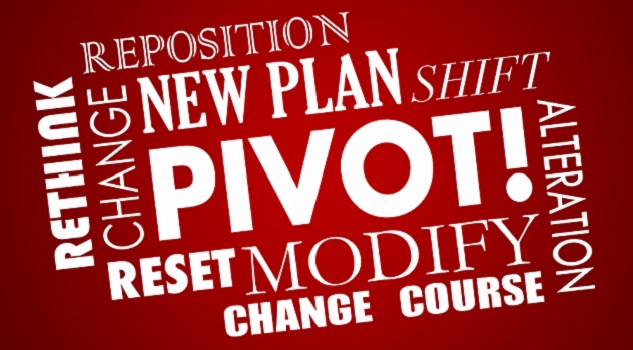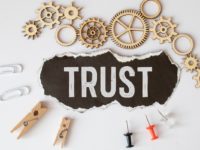I think that it’s fair to say we’ve all learned a lot about our businesses as a result of COVID. As we reflect on the current crisis, I think it’s a good thing to really acknowledge what we’ve done well as much as where we dropped the ball. How well did we respond when the crisis first hit, how did our team cope, how did our suppliers manage us, how did our customers react, how was our communication and how did we cope as leaders? All important questions and the answers play a major part in developing our overall business resilience.
When it comes to business models, we need to take a long hard look at our own particular model to see where it worked really well and where it was flawed. From my experience, there are three specific examples that really show when we’re working to an old model in a new world:
1. Working with a model that used to work, but now it doesn’t
This is really just business evolution at work. Just because the model used to work, doesn’t mean it always will. Think about fashion retailers, or really any retailer. Trying to rely on a bricks and mortar stand-alone business without offering a complimentary smart, easy to use online buying platform is, in many ways, retail suicide. Yet many retailers have been very slow to invest in building the online side of their business, preferring to invest huge amounts of money to try to get more people into their stores. An approach that is clearly not working. It didn’t just stop because of COVID, the trend has been gaining momentum for years, COVID just sped it up.
2. An inflexible model that doesn’t allow for fast, responsive adaption
Watching how quickly many businesses adapted their business model when COVID first hit was really inspirational. We all saw innovative and creative solutions to keep the cash registers ticking over and people in jobs, especially across the hospitality sector. Everything from the sour dough cook at home crazy to online cooking classes.
But many businesses found themselves unable to offer anything outside of what they normally do, for a host of reasons. What really became clear was how much that was impossible before COVID, suddenly became possible during COVID.
Thanks to COVID I can now do Zoom consults with my doctor, lawyer, accountant, financial planner, personal trainer, vet and many others. Very few of these professionals offered this as an option prior to the pandemic. It’s amazing how you can change your business model when your survival depends upon it. Sadly, many businesses stuck by a model that simply didn’t work in our current world.
3. The business owners know that their model is broken but they seem unable to change it
We’ve all read stories of famous brands losing their relevance with their customers – Kodak, Sony Walkman, Blackberry etc. Blockbuster was one of the most famous. Whilst speaking at an event in Perth I met a man who owned 14 Blockbuster stores – and I asked him why on earth didn’t they evolve to meet the needs of their customers by becoming Netflix? His response was insightful. He said they saw that they were losing relevance with their customers, they saw the train that was bearing down on them, but their only response was to try to figure out how to sell more chips and soft drink.
This seems bizarre, to say the least. However, many very big, very smart companies have been unable to evolve their business model in times of need, which has led to them simply fading away. It’s clearly not about having the money to adapt and evolve, it’s about the desire, the ability and the will. Crisis is a great teacher if we are smart enough to listen and brave enough to act. It’s not easy, it’s often a painful transition, but in my view, it’s much better to adapt and evolve, even if it’s painful, as opposed to dying a slow and tortured death.













